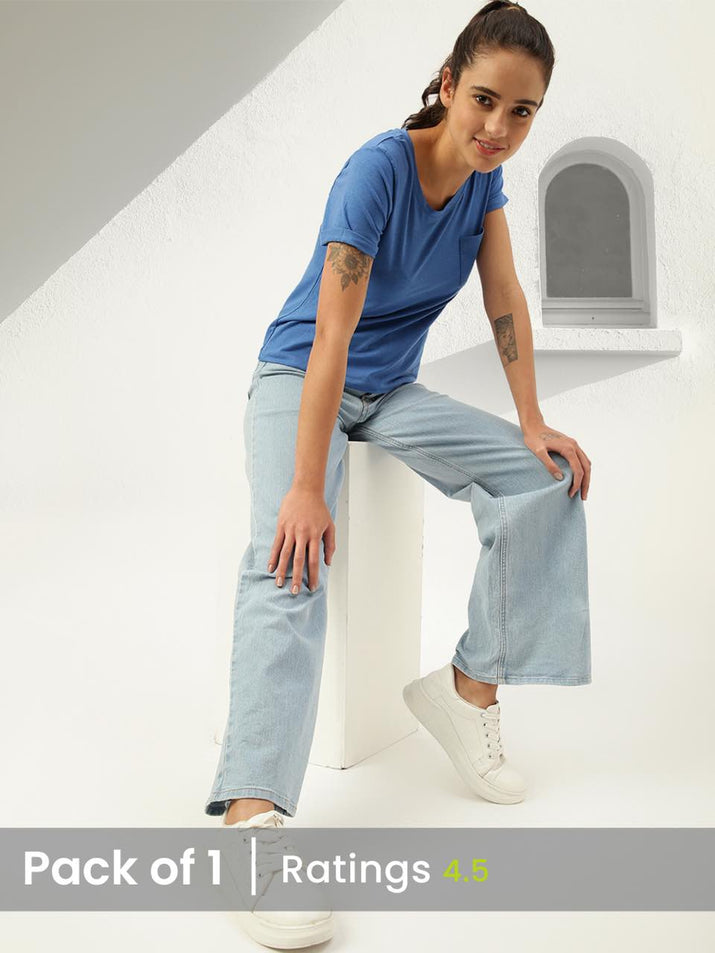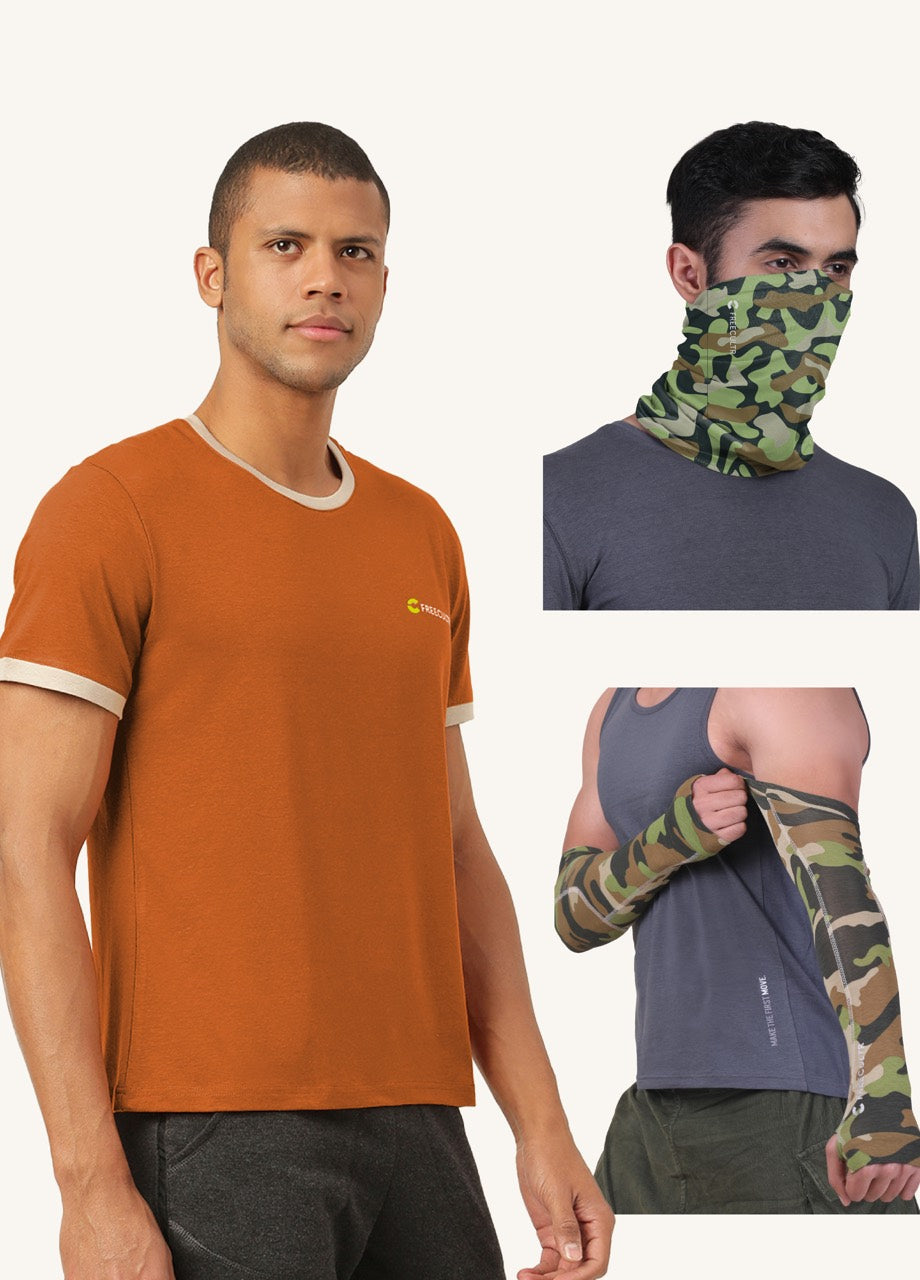The demand for custom apparel is surging, fueled by e-commerce platforms and personalized brand strategies. Key players, from giants like Gildan to innovative startups utilizing direct-to-garment (DTG) technology, are vying for market share. But, a persistent challenge remains: balancing customer desire for soft, comfortable fabrics with the need for durable, long-lasting prints that withstand repeated washing. We'll explore cutting-edge printing techniques, including advancements in water-based inks and pre-treatment processes, to demonstrate how manufacturers are achieving both superior fabric feel and enhanced print longevity. This exploration will address common issues like cracking and fading, offering practical solutions for improved product quality.

Understanding Fabric Softness: Beyond the Touch
The softness of a t-shirt isn't just about that initial feel. It's a complex interplay of fiber type, yarn construction, knitting technique. Finishing processes. Let's break down each of these elements:
-
Fiber Type: This is the foundation of softness. Cotton is the most common choice. Variations like combed cotton and ring-spun cotton elevate the comfort level. Other options include:
- Combed Cotton: Undergoes an extra process to remove short fibers and impurities, resulting in a smoother, softer yarn.
- Ring-Spun Cotton: Made by continuously twisting and thinning the cotton strands, creating a very fine, strong. Incredibly soft yarn.
- Organic Cotton: Grown without harmful pesticides and fertilizers, making it a sustainable and often softer alternative.
- Blends: Mixing cotton with other fibers like polyester, rayon (modal, viscose), or even bamboo can enhance softness, durability. Drape.
- Yarn Construction: The way the fibers are spun into yarn significantly impacts the final feel. Ring-spun yarns are generally softer than open-end yarns, which are coarser and less expensive.
- Knitting Technique: The stitch used to knit the fabric also contributes. Jersey knit is a common, basic knit that's relatively soft. But, other knits like interlock or rib knit can offer different textures and levels of softness.
-
Finishing Processes: These are treatments applied to the fabric after knitting. They can include:
- Washing: Pre-washing can soften the fabric and reduce shrinkage.
- Enzyme Washing: Uses enzymes to break down fibers on the surface of the fabric, resulting in a softer feel and a slightly faded look.
- Silicone Washing: Applies a silicone finish to the fabric, creating a silky-smooth texture.
The right combination of these elements is key to achieving a t-shirt that offers both superior fashion and comfort.
Durable Prints: Technologies and Techniques
A soft t-shirt is only half the equation. The print needs to withstand repeated washing and wear without cracking, fading, or peeling. Several printing technologies are used, each with its own advantages and disadvantages:
-
Screen Printing: A classic technique that involves pushing ink through a stencil (screen) onto the fabric.
- Pros: High durability, vibrant colors, cost-effective for large quantities.
- Cons: Limited color complexity, not ideal for small orders, requires setup time and costs.
The durability of screen printing relies on the quality of the ink and the curing process. Plastisol inks are commonly used for their durability and opacity.
-
Direct-to-Garment (DTG) Printing: A digital printing method that sprays ink directly onto the fabric, similar to printing on paper.
- Pros: High detail, full-color prints, no minimum order quantity, ideal for complex designs and photos.
- Cons: Can be less durable than screen printing, more expensive for large quantities, print quality can vary depending on the fabric.
DTG printing uses water-based inks that are eco-friendly but may not be as vibrant or long-lasting as plastisol inks used in screen printing. Pre-treating the fabric is crucial for optimal results.
-
Heat Transfer Vinyl (HTV): Designs are cut from vinyl sheets and then heat-pressed onto the fabric.
- Pros: Good for small quantities, personalized designs, durable on certain fabrics.
- Cons: Limited to solid colors, not suitable for complex designs, can feel stiff or rubbery.
HTV is a good option for simple graphics, logos. Names. It's not as versatile as screen printing or DTG printing.
-
Dye Sublimation: A process where dyes are infused into the fabric using heat and pressure.
- Pros: Permanent, vibrant colors, excellent detail, print won't crack or peel.
- Cons: Only works on polyester fabrics or polyester blends, not suitable for cotton.
Dye sublimation is ideal for all-over prints and designs that require maximum durability and vibrancy.
Comparing Printing Technologies: Choosing the Right Method
Selecting the right printing technology depends on several factors, including the design complexity, order quantity, fabric type. Budget. Here's a table summarizing the key differences:
| Printing Technology | Design Complexity | Order Quantity | Fabric Type | Durability | Cost |
|---|---|---|---|---|---|
| Screen Printing | Simple to Moderate | Large | Cotton, Polyester, Blends | High | Low to Moderate |
| DTG Printing | High | Small to Medium | Cotton, Blends | Moderate | Moderate to High |
| Heat Transfer Vinyl | Simple | Small | Various | Moderate | Low |
| Dye Sublimation | High | Any | Polyester, Polyester Blends | Very High | Moderate |
Consider these factors carefully to ensure you choose the printing method that best meets your needs.
Real-World Applications: Case Studies and Examples
Let's look at some real-world applications of soft fabrics and durable prints:
- Band Merchandise: Bands often choose ring-spun cotton t-shirts with screen-printed designs for their merchandise. This combination offers a comfortable feel and a print that can withstand repeated washing and wear by fans.
- Corporate Apparel: Companies may opt for blended fabrics (e. G. , cotton-polyester) with DTG-printed logos for their employees' uniforms. This provides a balance of comfort, durability. The ability to reproduce complex logos with high detail.
- Custom T-Shirt Businesses: Online platforms that allow customers to design their own t-shirts typically use DTG printing due to its flexibility and ability to handle small orders with complex designs.
- Sportswear: Athletic apparel often utilizes dye sublimation on polyester fabrics to create vibrant, durable designs that won't fade or crack during intense activity.
These examples illustrate how different combinations of fabric and printing techniques are used to meet specific needs and requirements. The key is to grasp the strengths and weaknesses of each option and choose the best fit for the intended application.
Maintaining Your Tee: Ensuring Longevity
Even the highest quality t-shirt with the most durable print requires proper care to maintain its softness and vibrancy over time. Here are some tips:
- Wash Inside Out: Turning your t-shirt inside out before washing helps to protect the print from direct abrasion, reducing fading and cracking.
- Use Cold Water: Hot water can cause colors to fade and fabrics to shrink. Opt for cold water to preserve the vibrancy of the print and the shape of the t-shirt.
- Mild Detergent: Harsh detergents can damage the fibers of the fabric and the ink of the print. Use a mild, gentle detergent specifically designed for delicate fabrics.
- Avoid Bleach: Bleach can strip the color from the print and weaken the fabric fibers. Avoid using bleach altogether, or opt for a color-safe bleach alternative if necessary.
- Tumble Dry Low or Hang Dry: High heat from the dryer can cause the print to crack and the fabric to shrink. Tumble dry on low heat or, ideally, hang the t-shirt to dry.
- Iron Inside Out: If ironing is necessary, turn the t-shirt inside out and use a low heat setting. Avoid ironing directly over the print.
- Proper Storage: Store your t-shirts in a cool, dry place away from direct sunlight. Folding them neatly or hanging them can help prevent wrinkles and creases.
By following these care instructions, you can extend the life of your favorite t-shirts and keep them looking and feeling their best for years to come. Remember, a little extra care goes a long way in preserving both the fashion and comfort of your wardrobe staples.
Conclusion
Let's consider this the 'Success Blueprint' for your tees: soft fabric and durable prints are no longer a luxury. An expectation. We've highlighted how crucial the right material selection and printing technique are to achieving a tee that feels great and lasts. The key takeaway is understanding the interplay between fabric quality, print durability. Consumer satisfaction. To truly succeed, implement a rigorous testing phase. Don't just rely on manufacturer claims; wear-test samples yourself, wash them repeatedly. Scrutinize the print after each cycle. I've learned from experience that a seemingly flawless print can crack after just a few washes if the ink isn't properly bonded to the fabric. Remember, a happy customer is a repeat customer. Providing tees that deliver on both comfort and longevity is the foundation of brand loyalty. Now go out there and create tees that people love to wear and love to keep! You can also check out this video to help you more!More Articles
Inside Freecultr’s Mission to Make Sustainability StylishThe Greener Wash: What Makes Freecultr’s Dyeing Process Eco-Friendly
Carbon-Conscious Comfort: How Freecultr Reduces Its Environmental Impact
Fair Wages, Fair Practices: How Freecultr Supports Workers Behind the Seams
FAQs
So, what makes these tees so 'soft' anyway?
Great question! We use really high-quality, combed and ring-spun cotton (or a comfy blend if it's a heathered tee). This process removes impurities and creates a super smooth, fine yarn. , it feels amazing against your skin from the moment you put it on.
How durable is the print, really? Will it crack after a few washes?
Nope, not on our watch! We use top-notch printing techniques – think direct-to-garment (DTG) or high-quality screen printing, depending on the design. This means the ink is bonded directly to the fabric, so you can expect a vibrant, long-lasting print that holds up wash after wash. Just follow the care instructions, of course!
What kind of care do these tees need? Don't want to ruin them!
Easy peasy! We recommend washing inside-out in cold water. Tumble drying on low or hanging to dry. Avoid ironing directly over the print. Treat them right. They'll be your favorite tees for ages.
Are these tees pre-shrunk? Shrinkage is the enemy!
Good point! Most of our tees are pre-shrunk to minimize shrinkage. You might still see a tiny bit (like, barely noticeable). We've done our best to avoid any major surprises in the wash.
What's the deal with heathered colors? Are they as soft as the solid ones?
Heathered colors often contain a blend of cotton and polyester, which can give them a slightly different feel than 100% cotton. But don't worry, we still prioritize softness! The polyester usually adds to the durability and gives them that cool, textured look.
Okay. Seriously, how long will the print last if I wear and wash the tee a lot?
Okay, real talk? If you're wearing and washing it constantly, you might see some slight fading over a long period (years, not weeks). But with proper care, you'll get a ton of wear out of the print before that happens. We're talking hundreds of washes, not just a few!
Do you use eco-friendly inks or anything like that?
We're always looking for ways to be more sustainable! We're actively working with suppliers who offer eco-friendly inks and printing processes. It's something we're committed to improving all the time.






